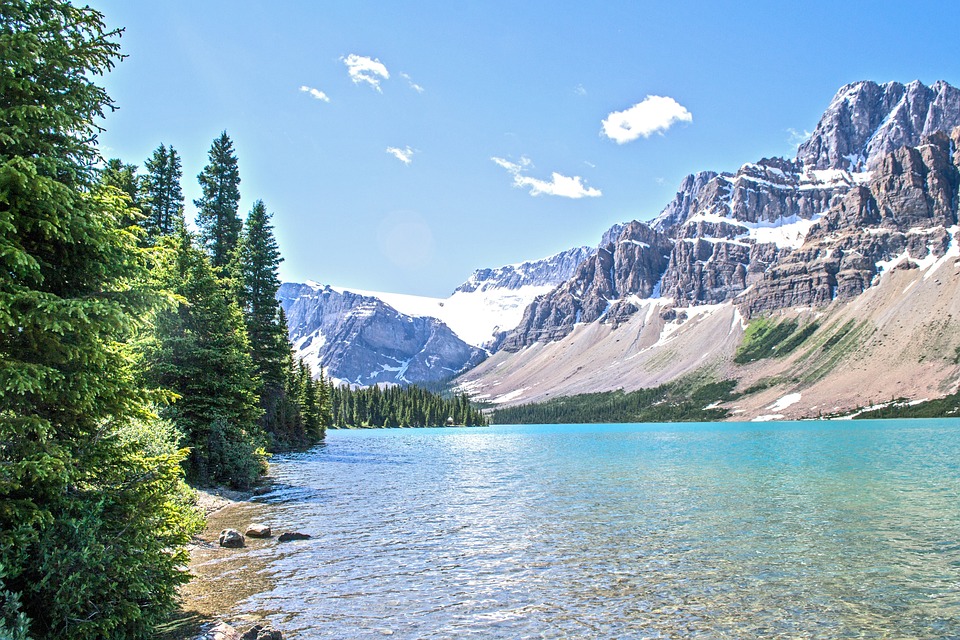What Is the Climate in China? A Guide to the Diverse Weather Patterns Across Regions
China’s vast size and geographic diversity result in a multitude of climate zones, ranging from tropical regions in the south to arid deserts and frigid highlands in the north and west. This variety supports unique ecosystems, agricultural practices, and cultural traditions across different regions.
Major Climate Zones in China
– Tropical and Subtropical (South China):
Areas like Guangdong and Guangxi experience warm, humid climates with high rainfall and mild winters. The tropical zone is characterized by temperatures often exceeding 30°C year-round, with significant rainfall especially during the summer monsoon season from May to September.
– Temperate (Central China):
The Yangtze River Basin features a temperate climate with cool winters and hot, humid summers. This region supports rice and tea agriculture due to its favorable growing conditions.
– Continental (North China):
Regions such as Beijing and Inner Mongolia experience hot summers and cold winters, with moderate rainfall. Winters can be particularly dry, leading to significant temperature swings between seasons.
– Arid and Semi-Arid (Northwest China):
Xinjiang and Gansu are marked by desert climates where dry conditions prevail, along with extreme temperature variations between day and night.
– Highland (Tibetan Plateau):
Tibet features a frigid climate year-round due to its high altitude, with limited rainfall. Summers are mild but winters can be extremely cold.
Seasonal Weather Patterns Across China
– Spring (March to May):
Characterized by warming temperatures and occasional rain, spring offers optimal travel conditions in most regions. However, northern areas may experience sandstorms.
– Summer (June to August):
Hot and humid conditions dominate, particularly in southern and eastern regions. The summer monsoon brings heavy rainfall to these areas.
– Autumn (September to November):
This season is cooler and drier, featuring clear skies and mild temperatures, making it one of the best times for travel across the country.
– Winter (December to February):
Northern China experiences cold temperatures with snow in cities like Beijing and Harbin, while southern areas remain mild. The Tibetan Plateau remains frigid throughout this season.
The Role of the Monsoon in China’s Climate
– East Asian Monsoon Influence:
The summer monsoon brings warm, moist air and heavy rains to southern and eastern China from June to August. This is crucial for agriculture, particularly rice cultivation.
– Winter Monsoon:
In contrast, the winter monsoon brings cold, dry air from the north, resulting in dry conditions across northern regions while keeping southern areas warmer.
– Impact on Agriculture and Water Resources:
The monsoon patterns significantly influence crop cycles throughout China, supporting diverse agricultural practices depending on regional climates.
Climate Challenges in China
– Air Pollution and Smog:
Industrial pollution contributes to severe air quality issues, especially in northern cities like Beijing and Tianjin.
– Drought and Water Scarcity:
Frequent droughts affect northern and northwestern China due to low rainfall, impacting agriculture and water availability.
– Extreme Weather and Climate Change:
Rising temperatures lead to intensified rainfall patterns, affecting typhoons, droughts, and desertification across various regions.
Climate Impact on Culture and Lifestyle
– Agriculture and Regional Cuisine:
Different climate zones support diverse crops—rice thrives in the south while wheat is predominant in the north—shaping local cuisines.
– Adaptation in Architecture and Clothing:
Traditional architecture reflects regional climates; for instance, homes in northern areas are designed for heating during harsh winters.
– Tourism and Seasonal Festivals:
Major festivals align with climate patterns; for example, Chinese New Year is celebrated in winter while harvest festivals occur in autumn.
FAQs
– What is the hottest region in China?
Southern provinces like Guangdong often experience the highest temperatures year-round.
– How does the monsoon affect China’s climate?
The East Asian monsoon brings crucial moisture during summer months, significantly influencing agricultural productivity.
– Why is air pollution a major issue in China?
Rapid industrialization has led to high levels of emissions from coal-burning power plants and factories.
– What is winter like in northern China?
Winters are cold with heavy snowfall; cities like Harbin can see temperatures drop below -30°C.
– How does climate vary between eastern and western China?
Eastern regions are typically more humid due to monsoonal influences while western areas are drier with more extreme temperature variations.
– What are the best seasons to visit China?
Spring (March-May) and autumn (September-November) are generally considered the best times due to mild weather conditions.
– How is climate change affecting China’s weather patterns?
Increased frequency of extreme weather events such as droughts, floods, and heatwaves are becoming more common as global temperatures rise.
Conclusion
China’s diverse climates—from tropical south to arid deserts and frigid highlands—illustrate how geography shapes weather patterns and local cultures. Understanding these climatic variations is essential for addressing environmental challenges through sustainable practices and adaptation strategies.

Kyle Whyte is a notable scholar and professor at the University of Michigan, holding positions such as the George Willis Pack Professor in the School for Environment and Sustainability and Professor of Philosophy. Specializing in environmental justice, his work critically examines climate policy and Indigenous peoples’ ethics, emphasizing the nexus between cooperative scientific endeavors and Indigenous justice. As an enrolled Citizen Potawatomi Nation member, he brings a vital perspective to his roles as a U.S. Science Envoy and member of the White House Environmental Justice Advisory Council. His influential research is supported by various prestigious organizations including the National Science Foundation, and disseminated through publications in high-impact journals. Kyle actively contributes to global Indigenous research methodologies and education, with affiliations to numerous institutes and societies dedicated to traditional knowledge and sustainability. Recognized for his academic and community engagement, Kyle has earned multiple awards and served in various visiting professorships. His efforts extend to leadership positions on boards and committees focused on environmental justice nationwide.
